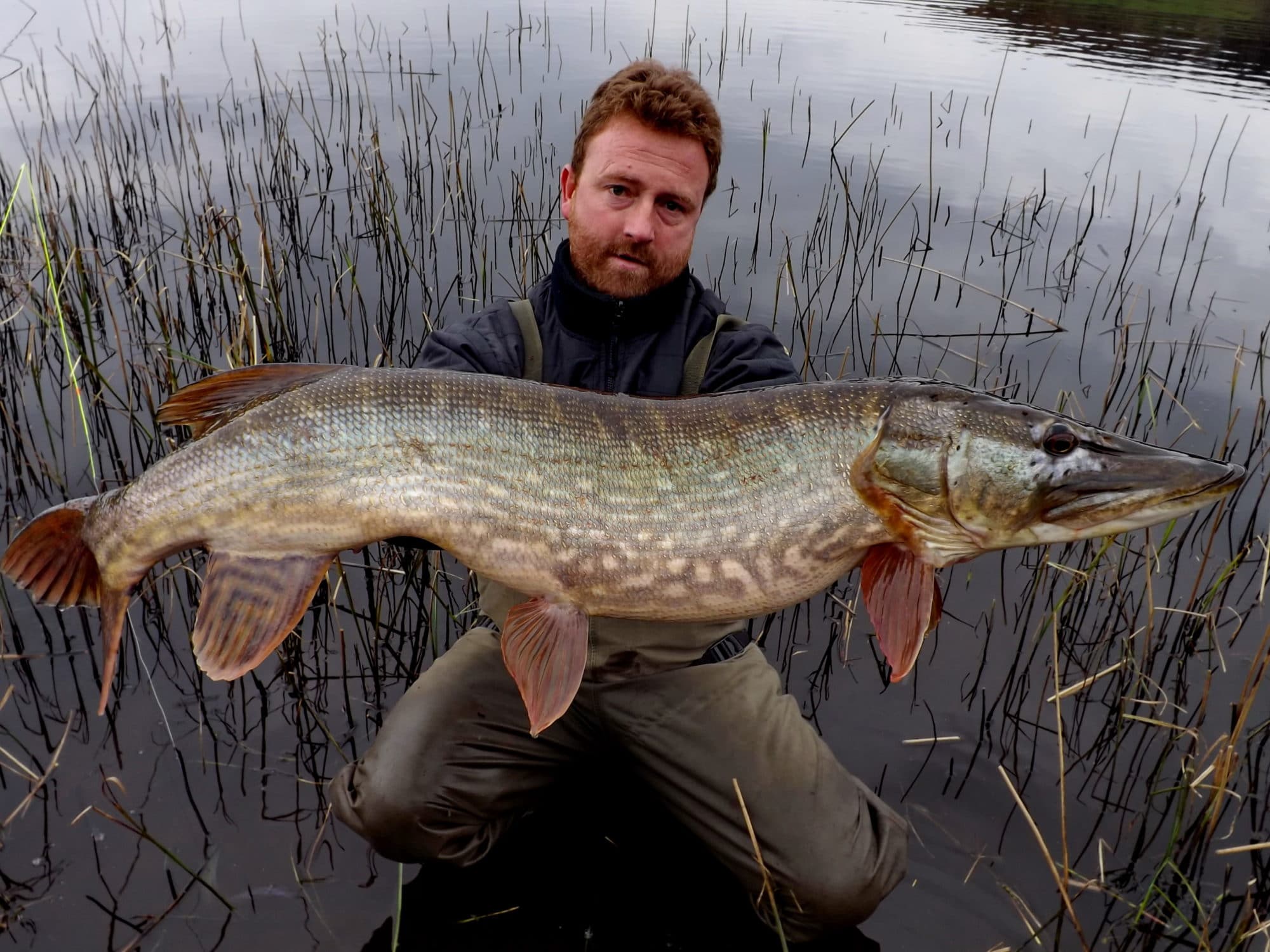Pike Fish Biology and Anatomy

Pike fish are a fascinating and unique species that inhabit various freshwater ecosystems. Their distinctive physical characteristics and specialized anatomy contribute to their predatory nature and survival in their aquatic environments.
Pike fish are typically elongated and cylindrical in shape, with a pointed head and a long, tapering tail. Their sizes can vary depending on the species, but they can reach impressive lengths, with some individuals exceeding 5 feet. The coloration of pike fish often varies depending on their habitat, but they typically have a greenish-brown or olive-colored back, with lighter sides and a white or yellowish belly.
One of the most striking features of pike fish is their sharp, needle-like teeth. These teeth are arranged in rows along the jaws and are designed for gripping and tearing prey. The dorsal fin of pike fish is also a distinctive feature, located far back on the body and often adorned with dark spots or stripes.
Internally, pike fish have a well-developed digestive system that allows them to efficiently process their prey. Their stomach is expandable, enabling them to consume large meals. The respiratory system of pike fish consists of gills, which extract oxygen from the water and allow for efficient gas exchange.
Pike Fish Habitat and Distribution

Pike fish are found in various freshwater habitats, including rivers, lakes, and ponds. They prefer shallow, weedy areas with plenty of vegetation for cover. The ideal water temperature for pike fish is between 50-65°F (10-18°C), and they can tolerate a pH range of 6.5-8.0.
Geographic Distribution
Pike fish are native to North America and Europe, but they have been introduced to other parts of the world, including Asia, Africa, and South America. In North America, pike fish are found in Canada, the United States, and Mexico. In Europe, they are found in countries such as the United Kingdom, France, Germany, and Russia.
Factors Influencing Distribution and Abundance
The distribution and abundance of pike fish are influenced by several factors, including water temperature, pH, vegetation, and prey availability. Pike fish prefer cool, clear water with plenty of vegetation for cover. They are also more likely to be found in areas with an abundance of prey fish, such as minnows, perch, and sunfish.
Pike Fish Behavior and Ecology

Pike fish are fascinating creatures with unique behaviors and ecological roles. Their feeding habits, reproductive strategies, and social interactions are all adapted to their specific environment and prey availability.
Feeding Habits, Pike fish
Pike fish are voracious predators that feed primarily on other fish. They are opportunistic feeders and will consume a wide variety of prey, including minnows, perch, bass, and even other pike. Pike fish use their sharp teeth and powerful jaws to ambush and capture their prey. They typically lie in wait near cover, such as vegetation or rocks, and then launch a sudden attack when a suitable victim comes within range.
Reproductive Behavior
Pike fish typically spawn in the spring, when water temperatures reach around 40 degrees Fahrenheit. Spawning occurs in shallow areas with dense vegetation, where the eggs can be protected from predators. The female pike releases her eggs into the water, and the male fertilizes them externally. The eggs hatch after about two weeks, and the fry remain in the shallows for several months until they are large enough to fend for themselves.
Social Behavior
Pike fish are generally solitary creatures, but they may form loose aggregations during spawning season. They are not territorial, but they will defend their feeding areas from other pike. Pike fish are also known to be cannibalistic, and they will sometimes eat smaller pike.
The pike fish, with its razor-sharp teeth and formidable size, commands respect in the aquatic realm. Its cunning nature allows it to ambush unsuspecting prey with lightning speed. In contrast, the perch fish , with its spiky fins and voracious appetite, also poses a threat to smaller creatures.
However, unlike the solitary pike, perch fish often form large schools, working together to overwhelm their prey. Despite their differences, both pike and perch fish are apex predators in their respective habitats, shaping the delicate balance of the aquatic ecosystem.
In the aquatic realm, the pike fish reigns supreme, a formidable predator with its piercing gaze and lightning-fast reflexes. Yet, in the world of basketball, a different type of perch takes center stage: the elusive perch in basketball. Like the pike fish, this elusive move requires a keen eye, deft footwork, and the ability to seize opportunities in a split second.
But just as the pike fish returns to its watery depths, so too does the perch in basketball, leaving spectators in awe of its ephemeral brilliance.
In the murky depths of the river, the pike fish lurks, its predatory instincts honed. Its movements are stealthy, like the gentle basketball floater , a deceptive shot that eludes defenders. As the pike strikes, its sharp teeth pierce the flesh of its prey, a testament to its relentless pursuit.
And so, the pike fish reigns supreme in its watery domain, a master of stealth and precision.
The pike fish, with its sleek body and sharp teeth, is a formidable predator in the watery depths. Its lightning-fast strikes and aggressive nature make it a challenge for even experienced anglers. Yet, despite its ferocity, the pike fish also possesses a surprising agility, capable of leaping out of the water to snatch prey.
This remarkable ability mirrors the concept of “lift” in basketball, where players propel themselves upward to gain an advantage over their opponents. Just as the pike fish soars through the air, basketball players use lift to soar above the court, showcasing their athleticism and determination to reach new heights.
The pike fish, with its sharp teeth and predatory instincts, is a formidable creature of the deep. Yet, despite its fearsome reputation, it also serves as an inspiration for poster fish , symbols of resilience and determination in the face of adversity.
Like the pike fish, these poster fish remind us of the power within us to overcome challenges and achieve our goals.